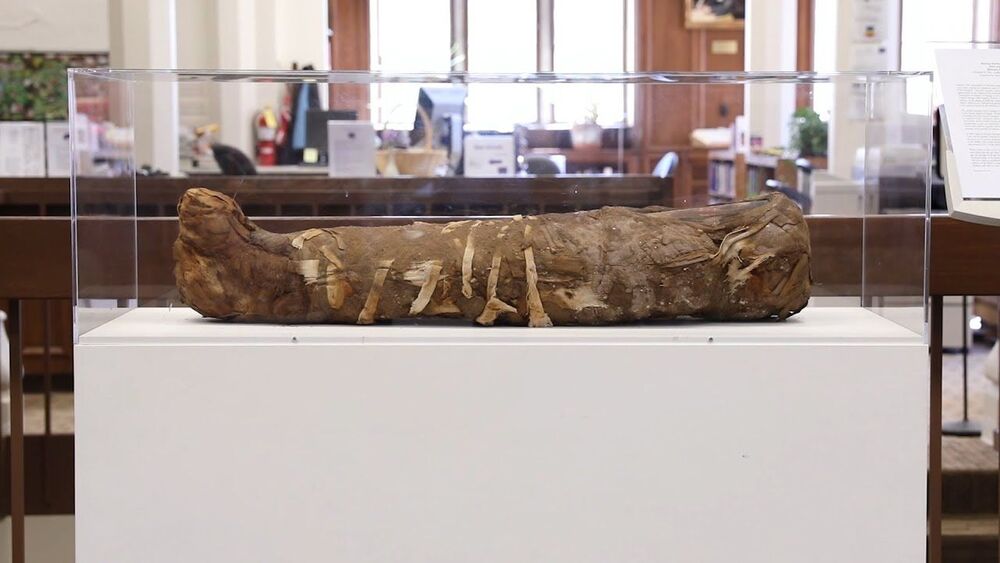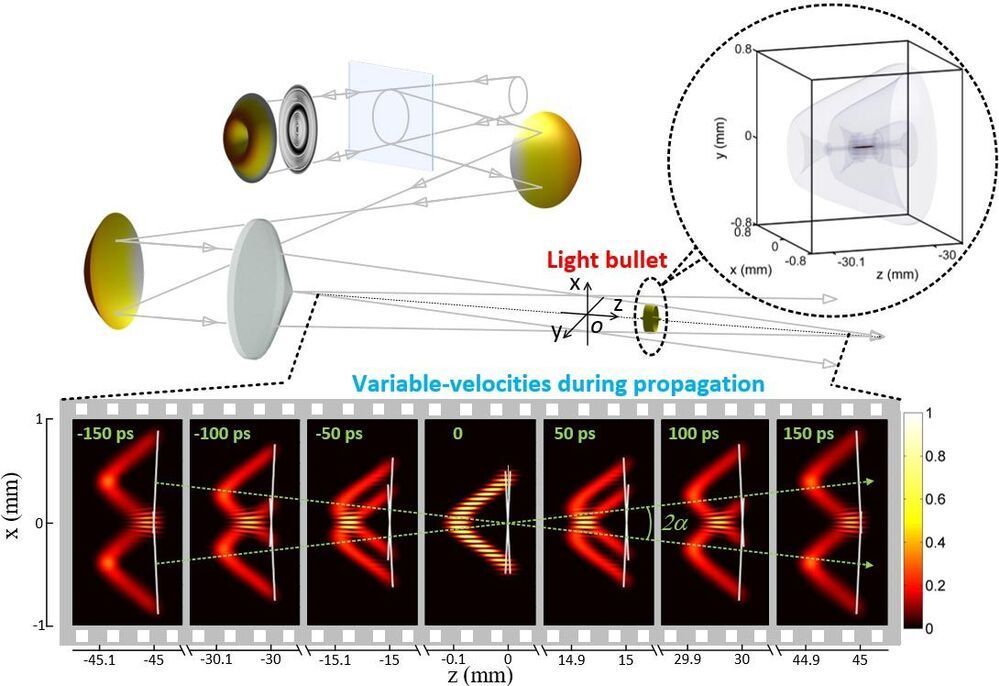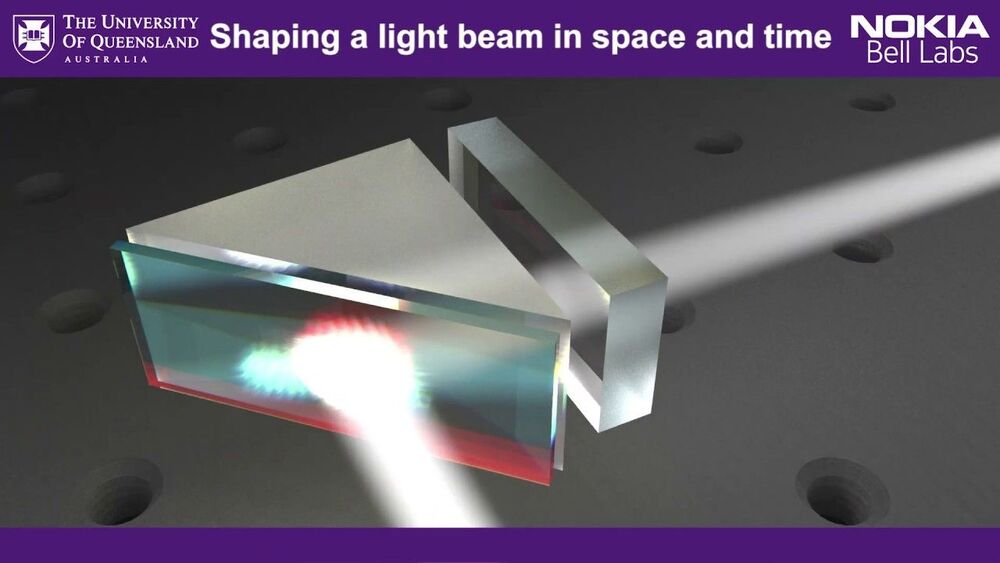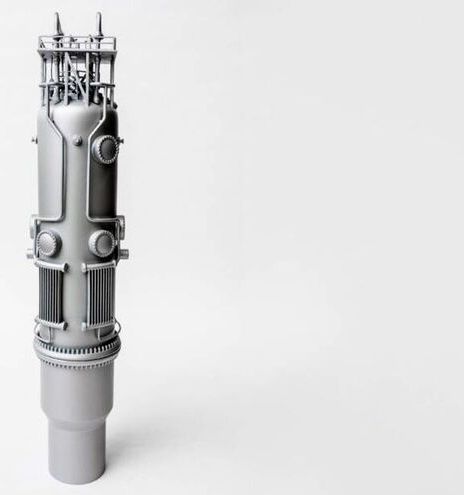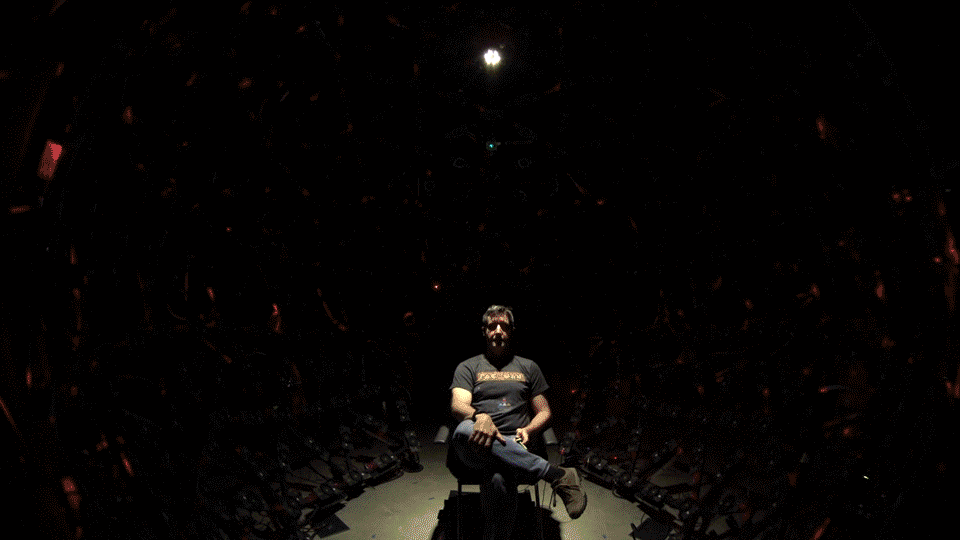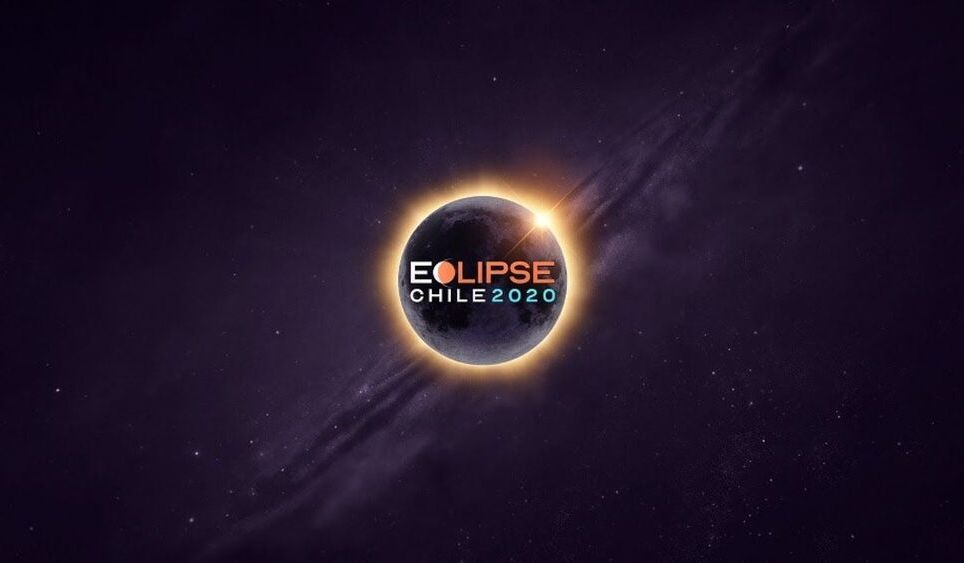Researchers used the powerful X-rays of the Advanced Photon Source to see the preserved remains of an ancient Egyptian girl without disturbing the linen wrappings. The results of those tests point to a new way to study mummified specimens.
The mummified remains of ancient Egyptians hold many secrets, from the condition of the bodies to the artifacts placed within the burial garments. Now a team of researchers has found a way to unwrap those secrets, without unraveling the mummies themselves.
Three years ago, researchers from Northwestern University, in preparation for an exhibit on campus, carefully transported a 1, 900-year-old mummy to the Advanced Photon Source (APS), a U.S. Department of Energy (DOE) Office of Science User Facility at DOE ’s Argonne National Laboratory. There scientists used powerful X-ray beams to peer inside the layers of linen and resin to examine the 2, 000-year-old bones and objects buried within.
